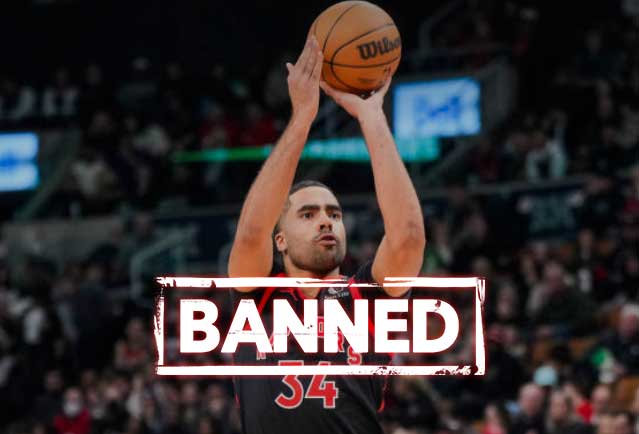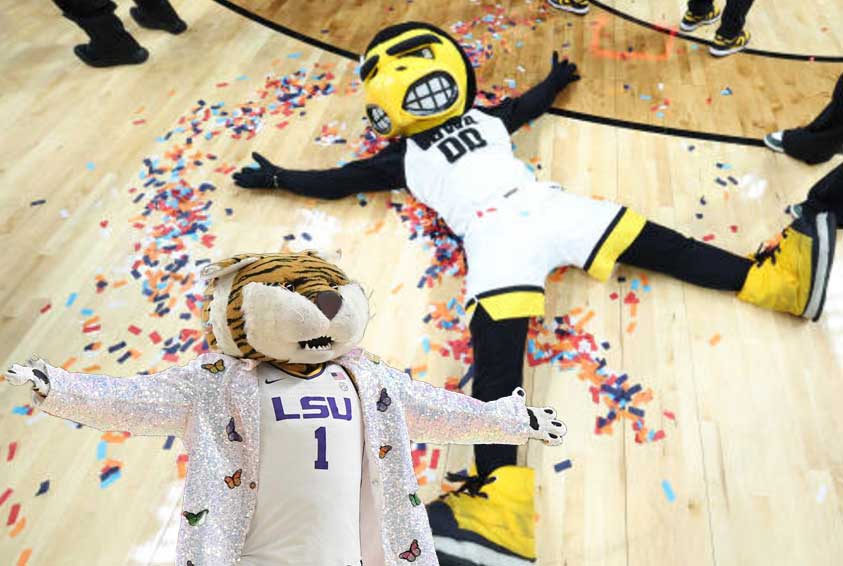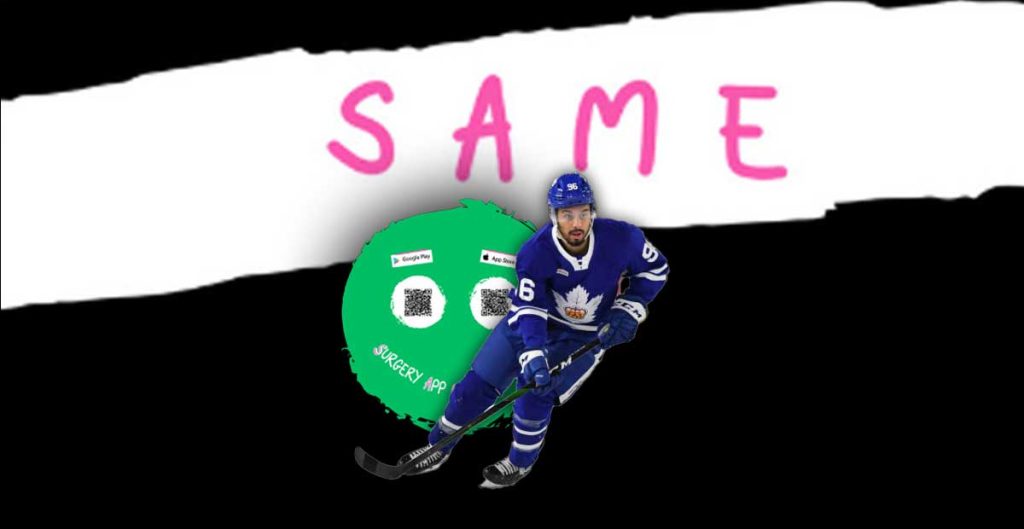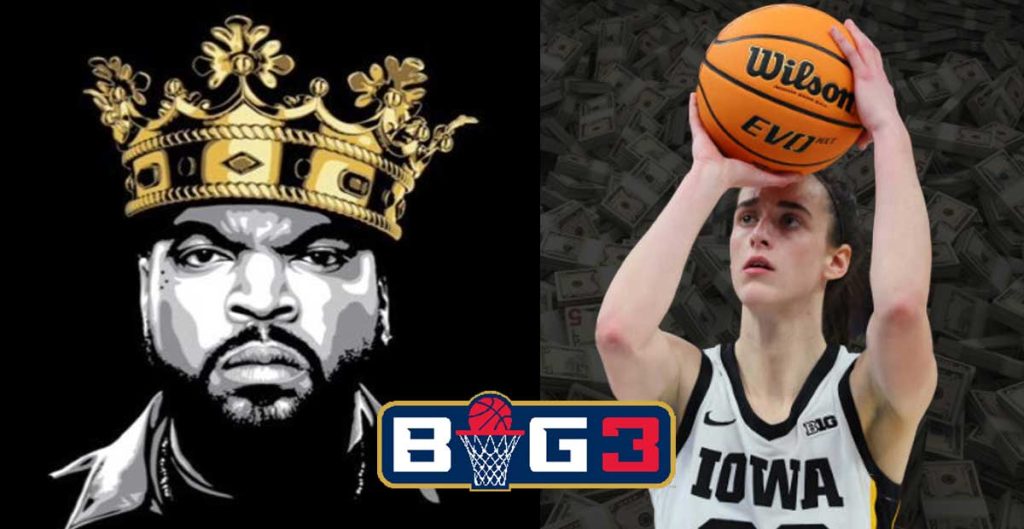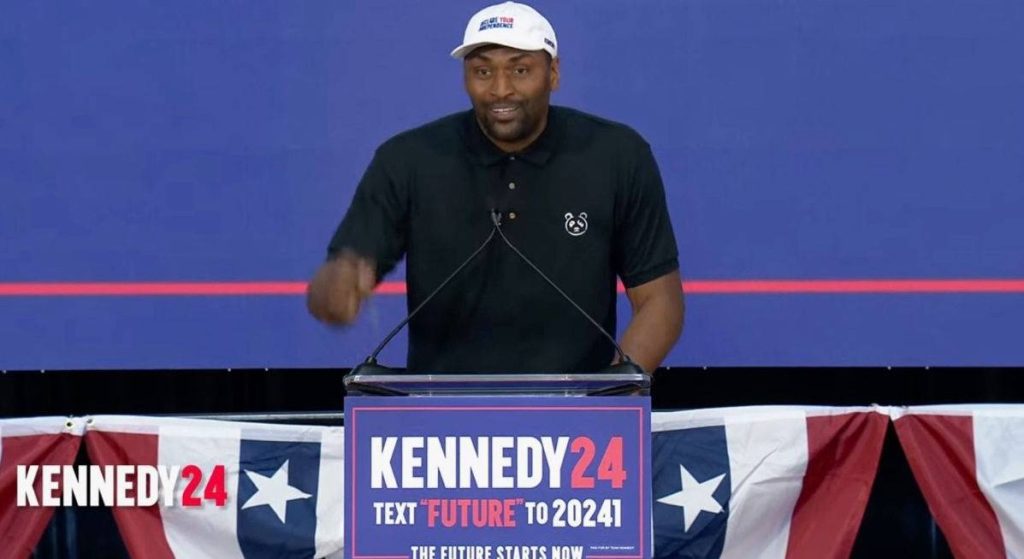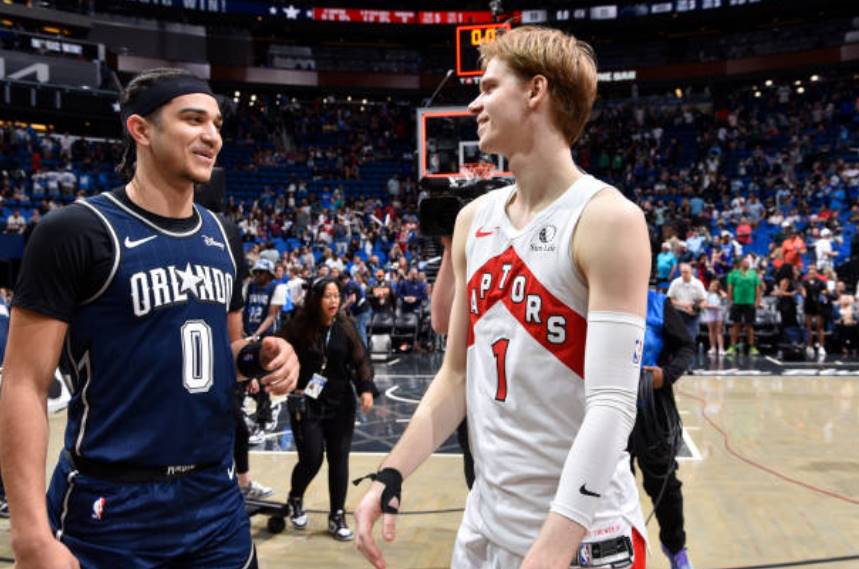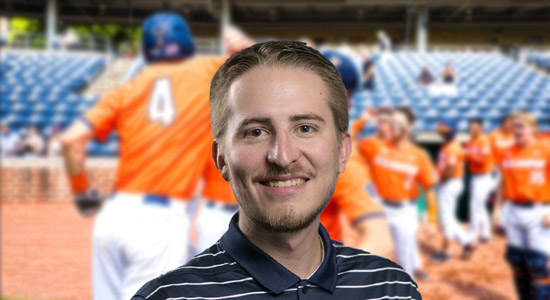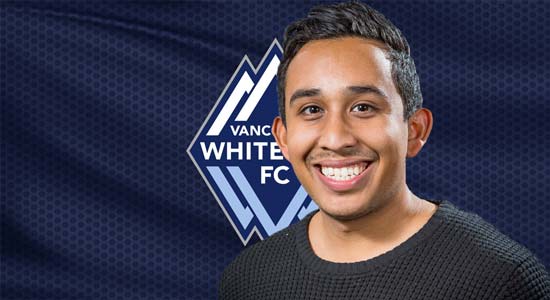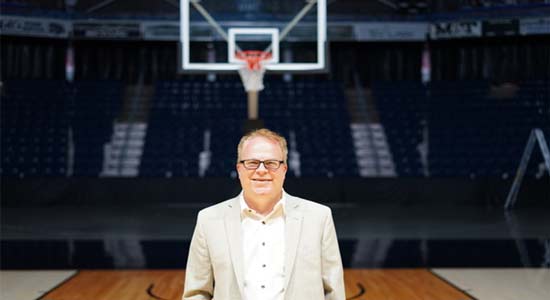
1 on 1 with John Lashway | Executive Vice President, Strategy & Communications | Canadian Elite Basketball League

Live with an insatiable curiosity about almost everything, including those things that aren’t interesting to you, and say “yes” when you have a chance to be exposed to something new or outside of your comfort zone.
John Lashway
Executive Vice President, Strategy & Communications
Canadian Elite Basketball League
The Latest
Jontay Porter Banned From The NBA For Life
Iowa vs LSU: A Landmark Moment in Women’s College Basketball
Former NHLer Josh Ho-Sang Now A Rapper
Metta World Peace Endorses RFK Jr. for President 2024
1Tell us about your role as the Executive Vice-President of Strategy & Communications for the Canadian Elite Basketball League (CEBL) as well as the President of the Hamilton Honey Badgers. What does a typical day look like for you?
I am very proud that the Canadian Elite Basketball League is a core client of my business consulting firm, Lashway Consulting Group.
Legacy projects have long been especially rewarding to me, and the CEBL is particularly so because of the outstanding people who are passionately committed to developing Canada’s largest pro sports league and the country’s only global team sports brand.
My role is to support Commissioner Mike Morreale and the league’s VP, Operations Josh Knoester in leading the overall direction of the league, addressing a myriad of issues that arise from day to day, exploring and activating opportunities to further grow the league, and supporting the 10 teams in running their own local franchise in the context of the national business that stretches to six provinces from Newfoundland to British Columbia.
My career has been a rare combination of leadership in both the team and the business side of sports.
That has prepared me uniquely well to lead a sports organization because I understand and relate effectively with players, coaches, and team staff and am at home in a locker room, while also having a thorough understanding of all of the business disciplines of sports gained through many years as a boardroom executive at the highest level of sports—the NBA, NHL, NCAA Division I, along with Olympic sports and minor league baseball organizations.
The Honey Badgers have a small staff of young professionals who I feel blessed to lead, teach and encourage each day.
I’ve been fortunate to have about 200 people work for me during my career, most in their first or second job out of school. I’m proud that the great majority have developed successful careers in and out of sports.
The CEBL prioritizes developing young sports professionals, and the opportunity to develop the generation coming along now is what I enjoy the most in my role.
Most days I am engaged with one or more of the nine CEBL teams apart from the Honey Badgers, as well as with league level matters. I feel blessed to be able to share my experience and show people what can be possible for the CEBL, their team, and for their own career.
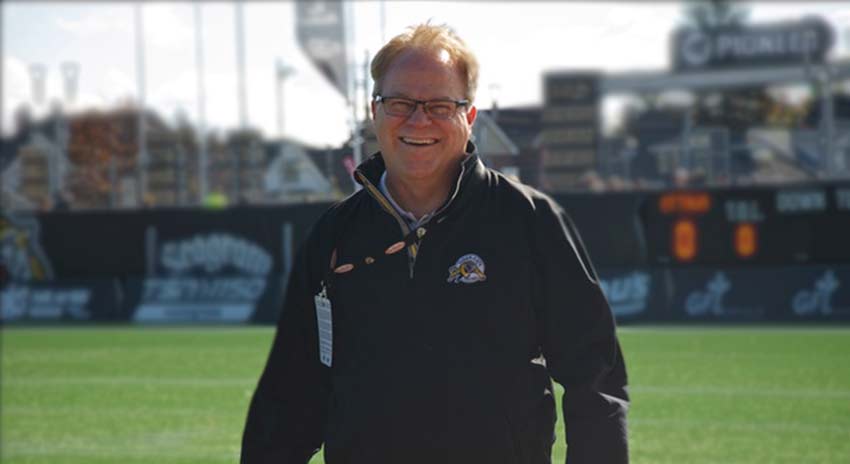
2Following five years on staff with the University of Oregon athletic department, you started your pro sports career as Director of Sports Communications for the Portland Trail Blazers in the NBA. What are three things you learned in Portland that helps you succeed in your current roles?
I learned to “think on my feet,” pivot quickly as is often needed, and to instantly grasp the real meaning of a moment and how it fits into the larger picture so that I can solve problems in the appropriate time, and accomplish what I need to get done.
I mastered crisis and issues management at a very high level, which has become my strongest skill and one reason so many high-profile business leaders and sports personalities across North America retain my services.
Being a problem-solver when the pressure is at its highest and millions of dollars or someone’s professional reputation is on the line is a rush that never gets old.
Whether it was on private charters with NBA All-Stars or handing out sack lunches to people living on the street who needed a helping hand, engaging with award-winning actors, musicians, broadcasters and writers, or at the White House for a meeting or in a state penitentiary putting on a basketball clinic for lifers, I learned to be comfortable and fit in when around the most high-profile personalities or people who literally had nothing.
I’ve respected great achievements and felt compassion for people who made the wrong choices or who I couldn’t even comprehend doing what they had been convicted of doing.
But this career in communications and community engagement has taught me how to look through the outside shell of a person and connect with anyone on a personal level in a way that meant something to them in the moment, and therefore to me.
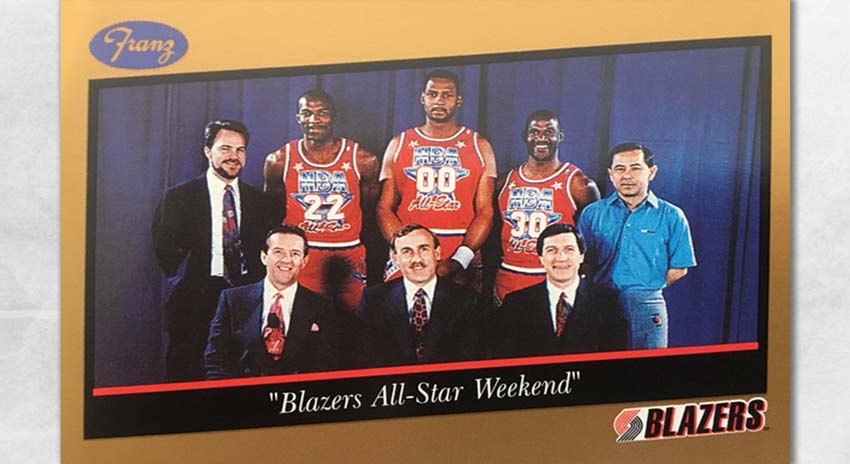
3After your stint with the Blazers, you helped launch the Toronto Raptors franchise, serving as its Vice President of Communications and Community Relations. What were the challenges you faced in introducing a basketball team in such a hockey-crazed country like Canada?
Basketball was a niche sport when I was recruited to Canada to help launch the Toronto Raptors in 1995.
There was little knowledge of NBA basketball, and little respect for basketball amongst the national media.
There was also determined opposition, especially from the hockey establishment and the media that fueled it, collaborating to prevent the Raptors from getting a foothold in the marketplace.
We were a basketball team playing in a baseball stadium in a hockey market. You could drive all over Toronto and rarely see a basketball hoop in a driveway or park.
The Raptors organization never doubted it would grow into the world champion organization it eventually became and that the team's national following would rank alongside that of any other pro sports franchise in Canada.
Media coverage of the Raptors was relegated to the final few minutes of the nightly sports news shows, was given very little airtime on sports talk radio, and had only a small but dedicated core of reporters who were passionate about the Raptors beat.
Our first head coach Brendan Malone and GM Isiah Thomas held on-court clinics to teach media members the basics about the game of basketball.
In the second and third year of the Raptors, we often drew only 8,000 to 10,000 fans a game at SkyDome. Constructing our own arena was a long process, as such projects typically are.
But the opening of Air Canada Centre during the fourth season was a game-changer that instantly boosted attendance.
The shroud of being an expansion club started to wane about the same time, and it was clear the Raptors would emerge into a franchise that would share the front page alongside the Maple Leafs and Blue Jays.
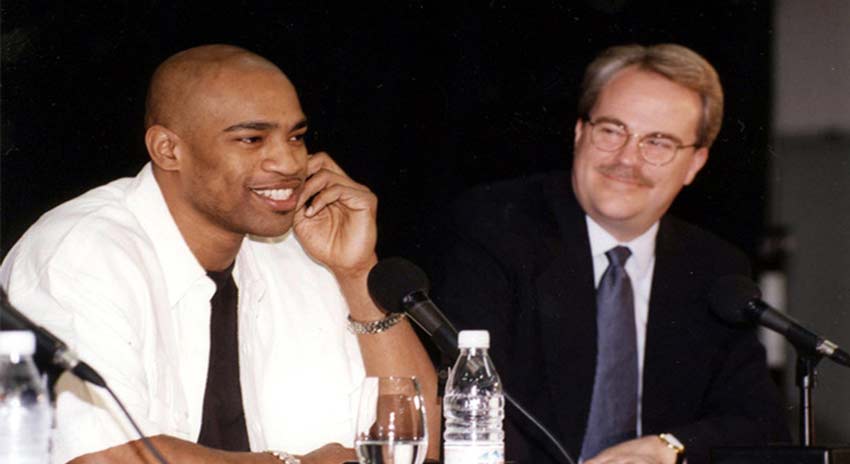
4What similarities do you see in introducing the CEBL as a new league in Canada and in helping launch a new franchise in the Raptors in 1995? What are the differences?
I’ve been fortunate to be the only person at the epicentre of the two defining moments for basketball in this country—the introduction of the NBA to Canada and the creation of the Canadian Elite Basketball League, the first FIBA league and the first basketball league that meets all the standards of being a professional sports league.
That has given me a unique role in the development of basketball in our country.
The launch of the Raptors and of the CEBL have much in common, and I’m able to impart my knowledge and apply my experience with how the Raptors were built to benefit the CEBL.
The Raptors started small, and it took several years of doing all the little things right day-in and day-out to gain traction in Canada—and that’s what the CEBL, which is still in its launch phase, is doing now.
The overall knowledge of the NBA was low then, and the knowledge of global basketball outside of the NBA remains low across Canada.
When the Raptors began, we relied heavily on CTV, CityTV and YTV to showcase our product. We invested extensively in grassroots marketing and community engagement to promote our brand since we didn’t have the history nor the resources of the Maple Leafs and Blue Jays.
While CBC is a terrific broadcast partner for the CEBL, the league relies heavily on livestreaming and its own OTT platform, CEBL+, to show its games nationally and internationally.
Like we did when we launched the Raptors, the CEBL also emphasizes community engagement to build each of its 10 teams’ brand presence in their respective markets.
Like many businesses with a national scope, a new league can expect a four or five-year launch phase, and the CEBL has had to endure two of its first four seasons in a pandemic.
So, the CEBL is still launching its brand nationally and globally, along with the brands of its teams, but now also growing at the same time. It’s a long way from being where it will be by the end of this decade. It took quite a few years before the Raptors would become the organization they are today.
Likewise, it will take several years for the CEBL to realize the potential we envision today. The Raptors had to educate the market about the NBA, and the CEBL has to educate its markets across Canada about pro basketball apart from the NBA.
What the Raptors and CEBL don’t have in common is that the Raptors benefitted from the muscle power of the NBA marketing machine. It was one franchise joining many with a strong framework long established.
Conversely, we have created the CEBL from the ground up, with no pre-existing assets or structure upon which to build. The economic models are entirely different, and of course, there are fewer zeros in the budget of a start-up national basketball league than the NBA’s Raptors enjoyed.
The NBA is the goal for most pro players, coaches, and administrators. The CEBL isn’t as much of a goal as it is a developmental opportunity for people as they aspire to reach a higher level than they’ve known in the past.
Also, the CEBL season lasts three months in the summertime but each team is a strong community partner and service organization 12 months a year.
The CEBL is developing ways to extend its brand throughout the calendar year. There isn’t much downtime in the NBA’s annual calendar.
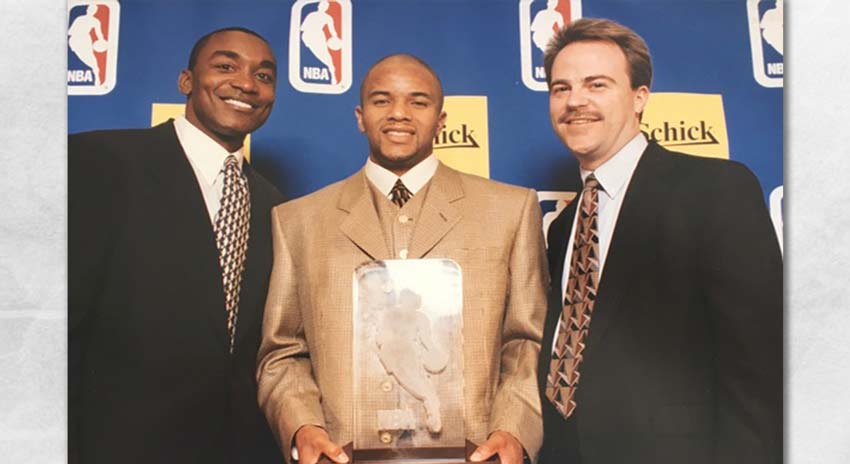
5You’ve been in this field for four decades. How have communications and community relations changed over the years?
It’s an entirely different industry from when I started in the 1980s, and I’ve enjoyed staying current and teaching young people the latest methods for success as they enter the field. The birth of the internet and later the creation and evolution of digital and social media changed much.
However, the core principles of effective communications, an organization’s reliance on effective communications, and the importance of connecting that organization with its consumers and constituents—those basic variables haven’t changed in 40 years. The “how” and “how to’s” have changed, but the goals, principles, and ethics haven’t.
Individuals and organizations now have a better understanding of their own brands, how to draw the most value from their brands, and the importance of protecting their brand identity.
It used to be that only the largest organizations saw reason to care about how they were perceived by a mass audience. The great majority of individuals could be anonymous within the framework of their organization. And smaller organizations weren’t widely known.
However, social media has made the world a profoundly smaller place, which means each individual and organization is subject to much closer scrutiny and greater risk to their brand.
At the same time, social media enables individuals and organizations of all sizes to amplify their message and compete for market share with more robust brands.
While having greater financial resources than your competitors is certainly very valuable, being creative in getting your message developed and delivered, and understanding your audience can often be as valuable as how much money you can invest in your communications efforts.
Organizations and individuals can now engage directly with their stakeholders. They no longer need to rely as much on mainstream media channels to convey their messages nor to listen to their constituents.
Everyone who owns a smartphone is now a reporter. Photos, video, and audio can be instantly captured and shared with the world. Individuals and organizations have to be constantly aware of their actions and of how their brand is being portrayed by those who may be dishonest or have an agenda against them.
How to deal with this reality can be challenging.
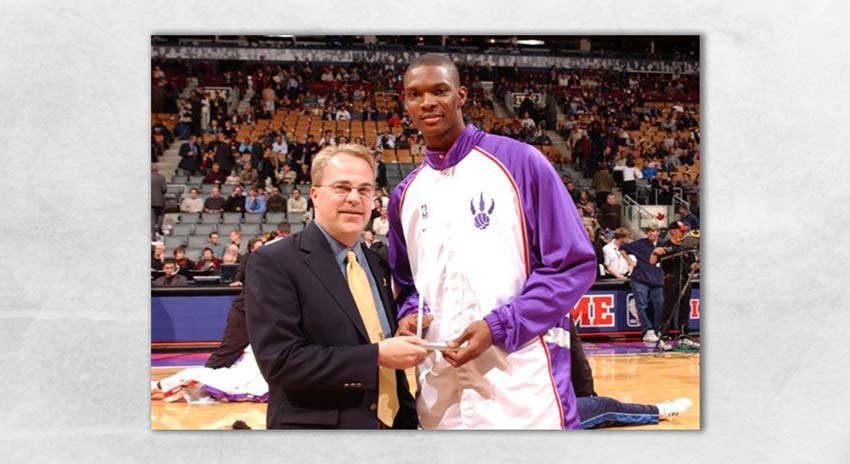
6Any final advice for people aspiring to go into the sport communications field?
It is critical to be an exceptional writer in all formats, including advertising copy, news releases, Q&As, speeches, profile features, bios, scripts, creating content for websites, digital and social media, etc.
Know and adhere to Canadian Press style guidelines.
Also, put the phone down and master the art of face-to-face communications.
Life is a team sport and being able to listen, express yourself with your words, tone, and body language, and to relate to people of all ages and walks of life is the most important thing you can do regardless of what you do in life.
I had no connections and no idea that the Trail Blazers knew of my work when they phoned me to see if I’d be interested in coming to work for them.
Strive to deliver higher quality work and to be a better person than everyone else because the industry is super competitive and you never know who might be evaluating you for a position in their organization.
Live with an insatiable curiosity about almost everything, including those things that aren’t interesting to you, and say “yes” when you have a chance to be exposed to something new or outside of your comfort zone. Discern what truly matters from the constant bombardment of all the noise around you, and disregard the latter as nothing but needless distraction. Remove people from your life who drain your energy.
Pursue a different career field unless you’re obsessed with everything this industry demands of you and can offer to you.
You shouldn’t expect to “have a life” until after you’re established in this field because it’s not an aspect of the communications industry in which one can dabble.
You have to either be “all in” or you step out before you’re walked out.
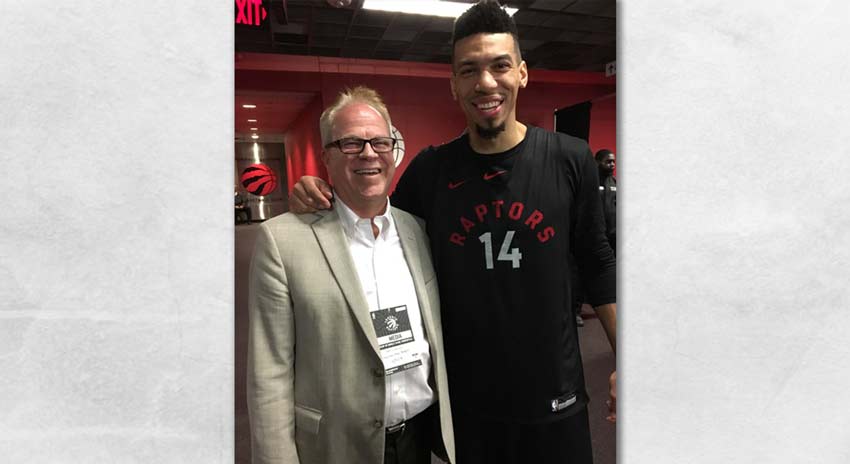
[get_current_post_author_pic_and_name]
John Lashway, Executive Vice President, Strategy & Communications for Canadian Elite Basketball League, has been in the sports communications field for four decades. It goes without saying that he knows what it takes to thrive in this competitive industry. John graciously shared his experiences, beginning with what he learned when he started his pro sports career as Director of Sports Communications with the Portland Trail Blazers and how those help him to this day. John is one of the most important figures in the rise of basketball in Canada. He played a huge role in launching the Toronto Raptors in 1995 and is continuing to advance the sport in the country with the Canadian Elite Basketball League. John's stories, experiences, insights, and advice will serve as valuable inspiration to the next generation of sports professionals.


